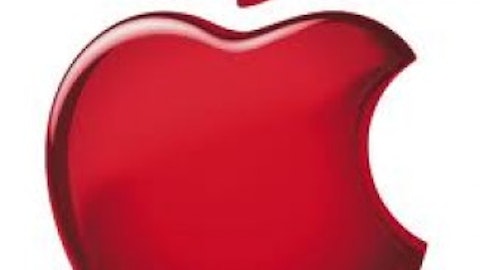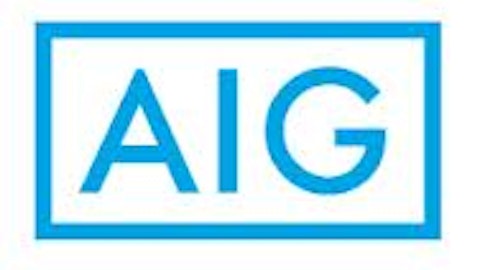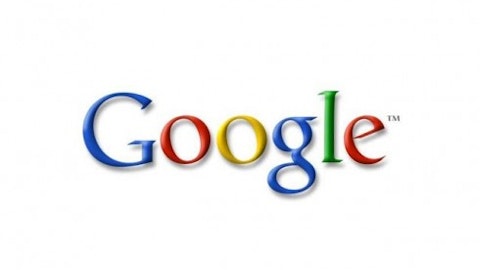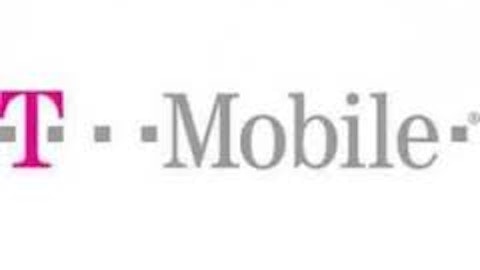A lot of analysts blog about how Apple Inc. (NASDAQ:AAPL) is super cheap. From their perspective, Apple has a premium brand, a dominant position in the market, and trades at a price-to-earnings ratio that is less than the market’s — actually much less if you take out the billions of dollars of cash that Apple has on its balance sheet. In fact, reducing Apple’s share price by its cash lowers its stock by more than $200.
So let’s explore the possible reasons why Apple Inc. (NASDAQ:AAPL) currently trades at a price-to-earnings ratio of around 11 (and a forward price-to-earnings ratio of less than 10). Then lets see how Apple stacks up against the competition: Google Inc (NASDAQ:GOOG), BlackBerry Ltd (NASDAQ:BBRY), and Microsoft Corporation (NASDAQ:MSFT).
Lack of innovation
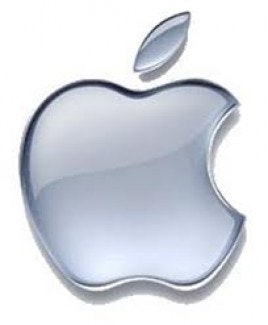
Hard to grow
Not that long ago Apple Inc. (NASDAQ:AAPL) had a market cap of more than $500 billion. Nearly every company that I can recall that has hit the $500 billion mark stalled and in some cases even saw their stock prices (and market cap) decline significantly. Cases in point: Cisco Systems, Inc. (NASDAQ:CSCO), General Electric Company (NYSE:GE), Microsoft Corporation (NASDAQ:MSFT) and Intel.
Next consider the abundance of companies that were once considered the mobile-device “leader” such as Motorola, Research in Motion (now BlackBerry Ltd (NASDAQ:BBRY)), and Nokia Corporation (ADR) (NYSE:NOK) — two of which (BlackBerry and Nokia) are down by more than 95% from their highs in 2008 and 2000, respectively.
Apple is polarizing
Those on Wall Street either love or hate Apple Inc. (NASDAQ:AAPL), there is no in-between. In fact, analysts were so in love with Apple that the “follow the herd” mentality was clearly evident (meaning that analysts were irrational in their optimism). They believed Apple could do no wrong and the company was destined for a $1 trillion market cap.
Then reality sunk in and Apple Inc. (NASDAQ:AAPL) shares sank. Now the pendulum has swung too far in the opposite direction as analysts and investors have prematurely started to talk about Apple’s fall from grace.
Cashing out
Who doesn’t own Apple Inc. (NASDAQ:AAPL)? That is actually part of the problem. The heroic rise in Apple’s share price resulted in Apple occupying a disproportionately large share of hedge funds’ and investors’ assets. As a consequence, many people took profits and steps to reduce their exposure to Apple.
For instance, even though Apple Inc. (NASDAQ:AAPL) is roughly 4% of the S&P 500, the average hedge fund only has approximately 2% of its assets in Apple. When a stock goes up that quickly, investors re-balance their portfolio to reduce risk.
